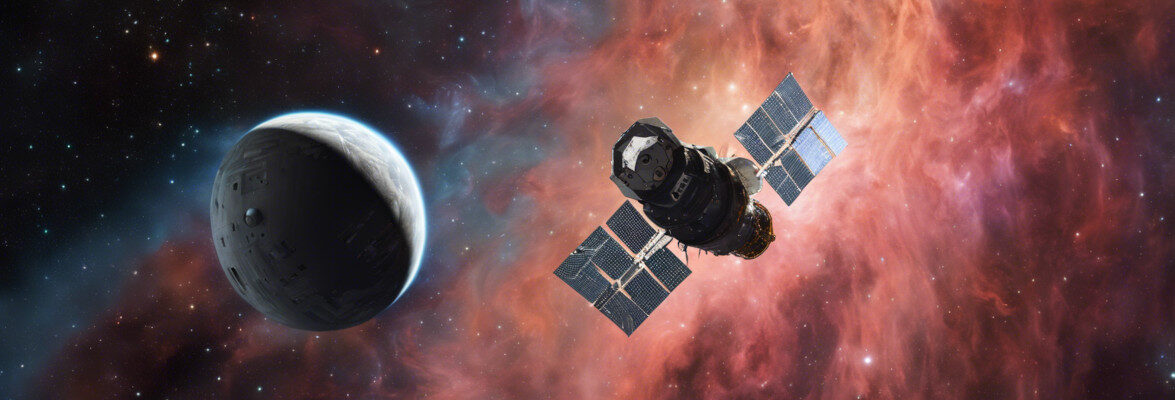
The OSIRIS (Optical, Spectroscopic, and Infrared Remote Imaging System) camera on ESA’s space probe Rosetta allowed to identify 120 icy areas on the surface of the comet 67P/Churyumov-Gerasimenko. A study of the presence of ice has just been published in the journal “Astronomy & Astrophysics”. That presence was well known but Rosetta’s observations allowed to understand the phases of transformation into gas, how much of it forms the comet’s coma and tail and what falls back to the surface.
One of the basic characteristics of comets is being rich in water ice. As they approach the Sun, the ice starts sublimating, turning into a gas that moves away from the surface, forming the coma and tail that make the observation of the comet a great show.
When water sublimates, the gas that is emitted from the surface also carries with it dust particles that were wrapped into the ice. Part of the dust falls back to the surface, covering the icy areas. If there’s enough if it, only a small portion of the ice surface remains directly exposed. This explains why the comet 67P/Churyumov-Gerasimenko and other ones observed by other spacecraft are so dark.
This research was conducted when the comet 67P/Churyumov-Gerasimenko was still far enough away from the Sun so the ice sublimated at a rate much lower than the current one. Nevertheless, the icy areas identified were just a few meters across and were dimly lit by the Sun.
The scientists who conducted the research also performed a laboratory experiment by reproducing conditions similar to those of a comet’s surface. Water ice mixed with various minerals was exposed to a light that made it sublimate. The result was that after some hours a thin layer of dark material formed that covered the ice.
Some others of the Rosetta spacecraft’s instruments showed that the comet 67P/Churyumov-Gerasimenko also emitted carbon dioxide and carbon monoxide. They sublimate at lower temperatures than water and that means that they disperse more quickly.
The activity on the comet 67P/Churyumov-Gerasimenko increased with its approach to the Sun so the research will continue, hoping they can also receive data from the lander Philae, which recently woke up. The Rosetta mission was extended by ESA until the end of September 2016 and that will allow to get even more data on these objects that have brought at least some of the water existing on Earth.


Permalink